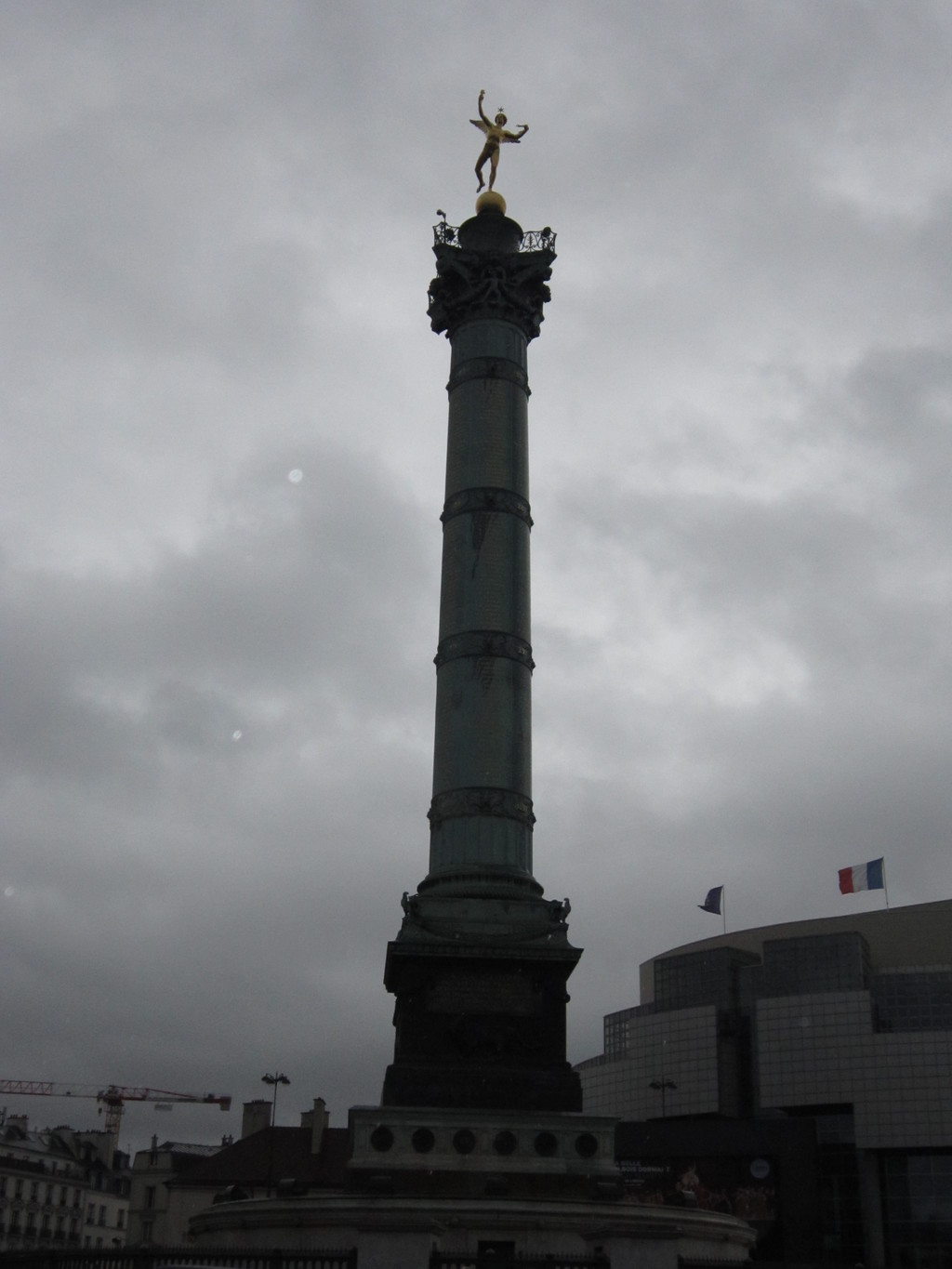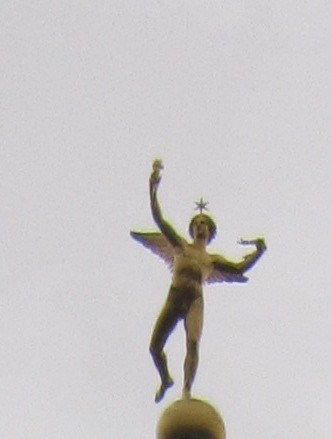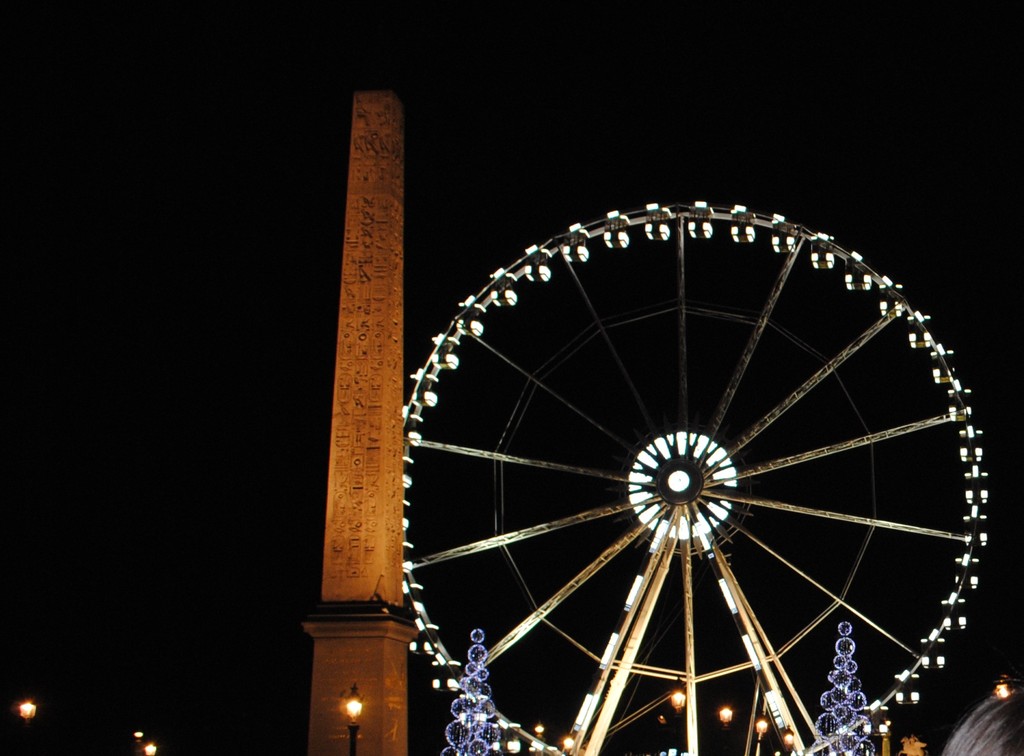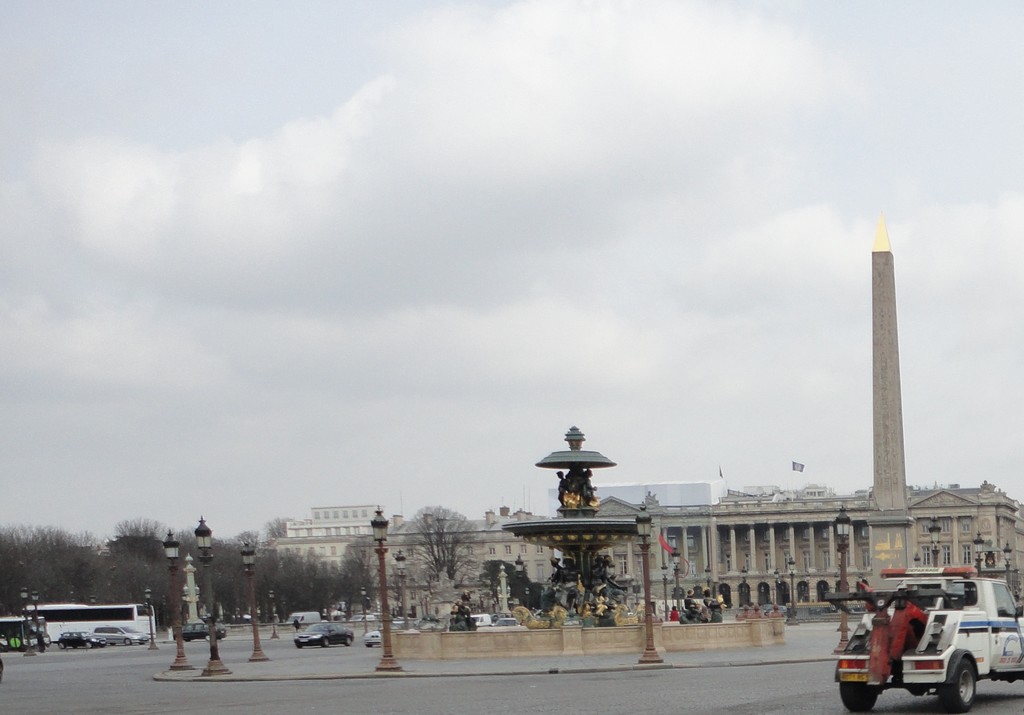Place de la Concorde
- Address: Place de la Bastille
- Tags:
 What to see Paris,
Paris,
France
What to see Paris,
Paris,
France
La Bastille
The Place de la Bastille is a symbolic square in Paris, due to the important role that it has played in the history of France. Nowadays, it is one of the most famous and most visited squares in the city in terms of tourism, but it isn’t the prettiest nor the most important.
At first, the Bastille was used to defend one of the entrances into Paris before becoming the famous prison that was stormed on July 14th, 1789, which was considered to be the flashpoint of the French Revolution. After this, a guillotine was installed there, but the number of executions never exceeded one hundred, whereas the number of people decapitated in the Place de la Concorde rose to over 1000.

In the Place de la Bastille, there is a monument dedicated to the July Revolution, which took place in 1830, aptly titled the “July Column” [Colonne de Juillet, in French], which they originally wanted to build during the revolution itself but the project had to be stopped. It is a column that measures 46. 3 metres tall and it sits right in the middle of the square. At the very top of the column, there is a golden sculpture called the “Génie de la Liberté” [the Spirit of Freedom, in English].

The following passage is inscribed on the column: “À la gloire des citoyens français qui s'arment et combattirent pour la défense des libertés publiques dans les mémorables journées des 27, 28 29 juillet 1830”. [In English, it reads: “To the glory of the French citizens who armed themselves and fought for the defense of public liberties in the memorable days of the 27th, 28th and 29th July 1830. ”]
Due to the symbolism of the square, it is usually the start or end point of the protests that take place in Paris.
The Bastille Opera House is also located in this square: it is a beautiful, yet very modern building, which really contrasts with the rest of the important buildings in Paris that are much older and more elegant. It has been one of the Paris National Opera’s main facilities since 1990, but the Palais Garnier is the most representative of the two on a global scale.

In this area and in this district, in general, there are lots of restaurants, bars and places that you can go out to at night.
To get there via the city’s metro system, you must take either line 1, 5 or 8 and alight at the stop, “Bastilla”.
Obviously, very close to this square lie the Place des Vosges and the Maison de Victor Hugo (the author of the famous work, Les Misérables), in case you want to visit them. They are not at the top of the “must see” list of attractions in Paris, but they are worth seeing all the same.
Photo gallery
Content available in other languages
- Español: La Bastilla
Rate and comment about this place!
Do you know Place de la Concorde? Share your opinion about this place.

























